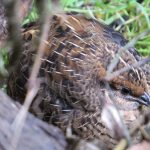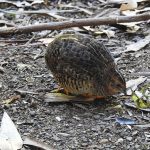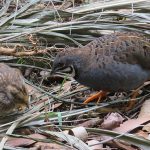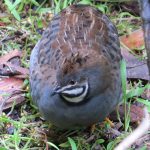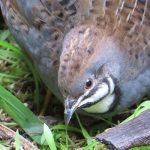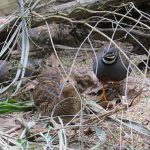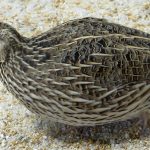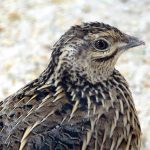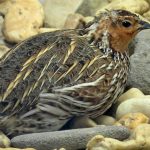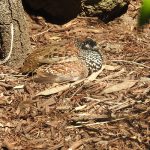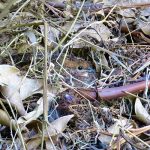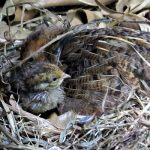QUAIL
Quails are generally shy and elusive birds, often found foraging on the ground for seeds, insects, and other small invertebrates. They are well-adapted to their environments and have distinctive behaviors, such as their quick darting movements to escape from potential threats.
The King Quail (Coturnix chinensis) is known as the smallest “true quail” and has a wide range in the wild, spanning from southern China, South and Southeast Asia to Oceania, including parts of Indonesia and Australia.
In Australia, it is found in south-eastern regions.
The King Quail is also known as the Blue-breasted Quail, and is found in various habitats, including grasslands and open woodlands, mainly in northern and eastern Australia.
The Stubble Quail (Coturnix pectoralis) is native to Australia and is found throughout much of the country. It inhabits a variety of habitats, including grasslands, agricultural fields, and open woodlands.
Stubble Quails are small ground-dwelling birds with a plump body. They have mottled brown and buff plumage, which provides good camouflage in their natural habitats. The males and females are similar in appearance, but the females are slightly larger than the males.
Stubble Quails are often solitary or found in pairs, but they may form small coveys (groups) during certain times of the year. They are primarily ground feeders, foraging on seeds, grains, insects, and other small invertebrates.
The breeding season for Stubble Quails typically occurs during the warmer months, from spring to early summer. They construct ground nests hidden in vegetation, where the females lay a clutch of eggs.
Stubble Quails are capable of short, rapid bursts of flight but prefer to rely on their running abilities to escape from potential threats. Their flight is typically low and noisy.
As with any wildlife, the conservation status and distribution of Stubble Quails can be affected by changes in their habitat and other environmental factors.
The Black-breasted buttonquail (Turnix melanogaster) is endemic to eastern Australia. It is a small bird with a round body and short tail. The male and female individuals differ in plumage. The male has a black head and throat, a rufous chest, and a distinctive black breast patch. The upperparts are brown with intricate patterns, and the underparts are buff-colored. The female is more cryptic, with a brownish overall appearance, helping her blend in with the surroundings while incubating eggs.
Buttonquails are primarily terrestrial birds, spending most of their time on the ground in grasslands, forests, and thickets. They are generally shy and elusive, often relying on their excellent camouflage to avoid detection. When threatened, they prefer to run rather than fly.
Their diet consists of a variety of small invertebrates, including insects, spiders, and seeds. They use their strong beaks to probe the soil and leaf litter for food.
The black-breasted buttonquail is known for its unique breeding system. The female takes the dominant role in courtship and territorial defense, and after mating, she leaves the male to incubate the eggs and care for the chicks. This reversed parental role, with the male providing most of the parental care, is a notable behavior among buttonquail species.
This bird is considered a rare and elusive species. Its range includes parts of Queensland, New South Wales, and eastern Victoria. It inhabits various types of habitats, including grasslands, woodlands, and shrublands, but it is generally associated with dense vegetation and tall grasses, which provide cover and protection.
Being a shy and cryptic bird, the Black-breasted buttonquail can be challenging to spot in the wild, leading to its reputation as a rare species. Additionally, their behavior of relying on camouflage and running rather than flying when threatened makes them even more elusive to observers.
Conservation efforts are crucial for protecting this species and its habitat. As with many birds in Australia, the Black-breasted buttonquail faces threats from habitat loss and degradation due to urbanization, agriculture, and land-use changes. Moreover, introduced predators and changes in fire regimes can also impact their population.
The species is classified as vulnerable on the International Union for Conservation of Nature’s Red List, and it is listed as vulnerable by the Australian Government under the Environment Protection and Biodiversity Conservation Act 1999.

